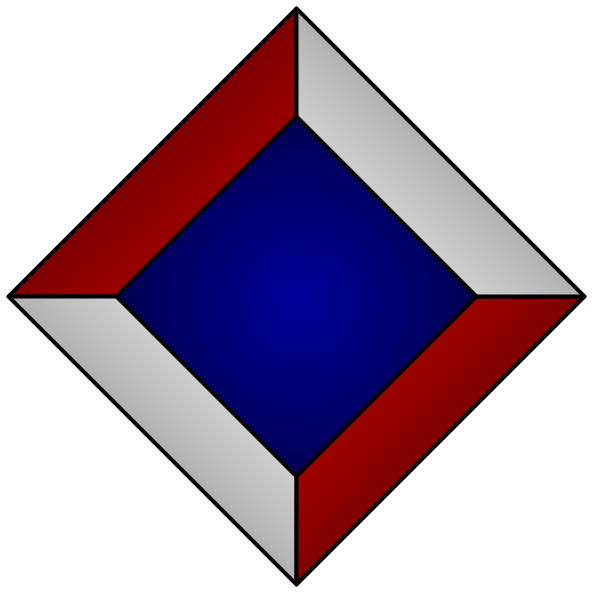¶CreagerDPhil
DA Creager. A graph-based approach to the automated discovery of data transformations. D.Phil. thesis, University of Oxford, August 2007.
¶Notes
This is my DPhil thesis!
¶Abstract
In recent years it has become much more common for software applications to communicate with each other directly. Internet connections have become a standard part of both office and home, and as more business processes and information move into the electronic realm, direct software communication will become even more prevalent. One of the largest deterrents to effective communication is the heterogeneous nature of the data and information involved. We cannot guarantee that two software systems that need to communicate will be running the same software or modeling their data in the same way. Obviously, the data must be somehow logically similar — otherwise, there would not be any meaningful communication possible. A key element of any modern communication protocol or framework must be a strategy for resolving any data mismatches that exist between the two sides.
The data mismatch problem is not new; unsurprisingly, there are many existing solutions to it. We would like to judge these solutions by two criteria: generality and automation. A generic solution will not needlessly limit the kinds of applications and data models that are supported. An automated solution will limit the amount of tedious, manual work needed to support a new application or data model. Unfortunately, none of the existing solutions are both sufficiently generic and sufficiently automated.
This thesis presents an automated solution to the data mismatch problem that is also fully generic: it makes absolutely no assumptions about the underlying data whatsoever. In order to achieve this generality, some automation must be sacrificed. Our approach requires that some atomic transformations be written manually. However, we can exploit the fact that transformations are composable — with a sufficient number of atomic transformations, a compound transformation can be automatically discovered between arbitrary datatypes. This approach is fully generic, since the transformation discovery algorithms require no knowledge of the structure or semantics of the datatypes involved; instead, the knowledge of a particular datatype is encapsulated into the atomic transformations that directly operate on it.
The contributions of this thesis are threefold. First, we present a graph-based model for transformations that has an efficient polynomial-time discovery algorithm. While efficient, this model is limited in that it can only represent unary transformations — those between one input and output datatype. This model is still surprisingly powerful; we present two case studies that show how this simple model can be used in the context of a real-world application, and what limitations it has.
Second, we present an extension to this graph-based model that supports polyadic transformations between multiple input and output datatypes, and show examples of how this increases the expressive power of the transformation graphs that we can create. Unfortunately, this expressiveness comes at a price: the naïve discovery algorithm for the new model runs in exponential space and time.
Finally, we show that polyadic transformation discovery is in fact worst-case NP-hard. Hopefully, the problem is only truly intractable for pathological inputs, and for real-world transformation graphs, compound transformations can be discovered with reasonable time and space requirements. We use a novel application of CSP to test this hypothesis, empirically exploring the complexity space of the problem and highlighting criteria for designing efficient transformation graphs.
